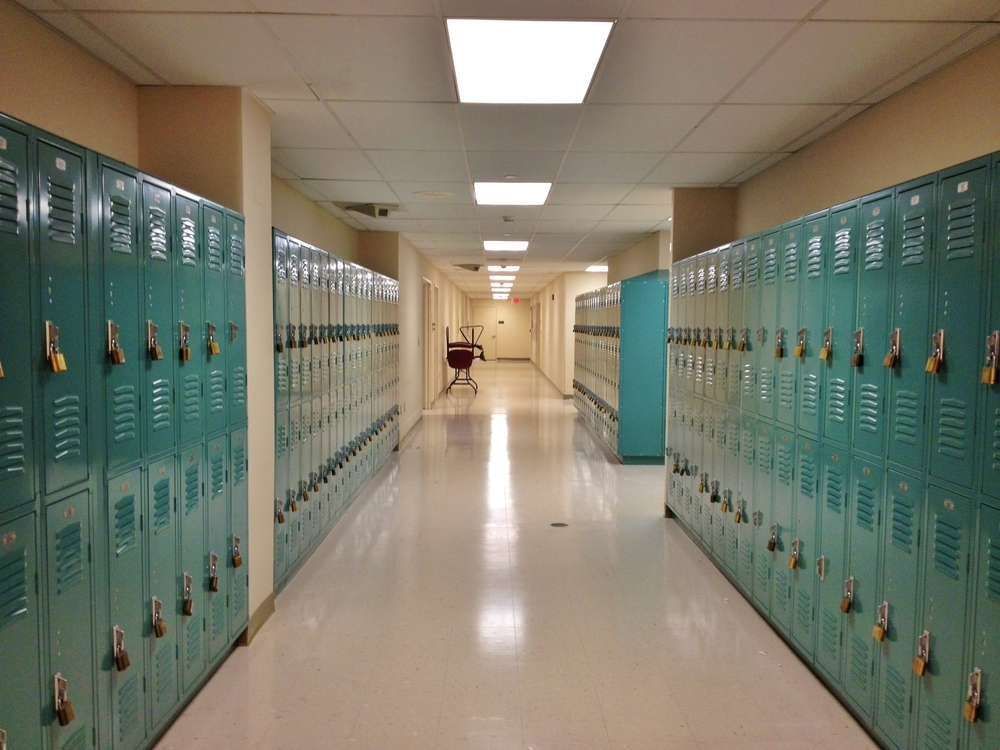Risk
Why Passive Scanning Isn’t Being Used In Schools

As of the end of October, there have been 42 school shootings in the United States in 2022. These incidents resulted in the deaths of 36 people, mostly children, and injuries to 90. These numbers represent a rise in the number of shooting incidents at K-12 schools; according to Education Week’s data, the highest number of incidents before this year took place in 2021, when there were 35 incidents.
Despite the increased risk of active shooters at schools, however, K-12 schools are still reluctant to embrace passive scanning technology that might detect a weapon before an attack.
What is passive scanning?
Passive scanning, or screening technology, is any technology that uses sensors to identify weapons. Some scanning technology can detect a gun when it’s broken down into components, and some are able to detect concealed weapons. Others rely on visual cues, such as input from cameras.
Such technology can provide an early warning to a school that weapons are on campus or in the building, allowing staff to take steps to protect students and themselves.
Ready to design a security plan for your school? Talk to us now about assessing your security.
Why are schools wary of weapons detection?
No one wants to think their school is going to be the site of violence, and no one wants to believe that their school is in danger. However, the numbers collected by Education Week show that every kind of school was affected by gun violence this year: private schools, public schools, and magnets were all impacted. Elementary schools, middle schools, and high schools were also all represented on the list of shooting incidents.
The message: every school, no matter where it is located or the age of the students, has risk. Students can be targets for kidnapping, people targeting them due to family or business reasons, family issues, or just mentally ill individuals.
Students are victims and can also be possible perpetrators of violence. While it is true that active shooters can be anyone, students are often the perpetrators, and it’s important to scan them for potential weapons.
Schools may also be worried about liability, having an “if we know about a risk, we’re liable for it” mindset. As we’ve discussed in other posts, that is not the case. Organizations are liable for risks even if they aren’t aware of them, and if they take steps to ignore risk, they can be prosecuted for negligence.
Now, however, insurance companies are starting to push back, expecting schools to prepare for foreseeable risk. Earlier this year, at the International Association of Campus Law Enforcement Administrators (IACLEA)’s annual conference, James Moore, senior advisor for Clery Act Compliance & Campus Safety Operations for the U.S. Department of Education told attendees as much during his keynote.
“Insurance companies are tired of paying billion dollar settlements out of your public safety disasters,” said Moore. “Assessments should not become politicized.”
Every school is at risk of a shooting incident
As long as mass shootings are common, schools will be at risk. Children are vulnerable, and for a mass shooter seeking headlines, attacking a school is likely to garner the maximum amount of attention. For that reason, schools of all kinds must prepare.
This doesn’t mean just investing in passive scanning technology, but in training, creating emergency plans specifically for mass shooting incidents, and working with first responders before an incident occurs.
Does your school need help creating a plan to address active shooters? Contact us for a demo today.





